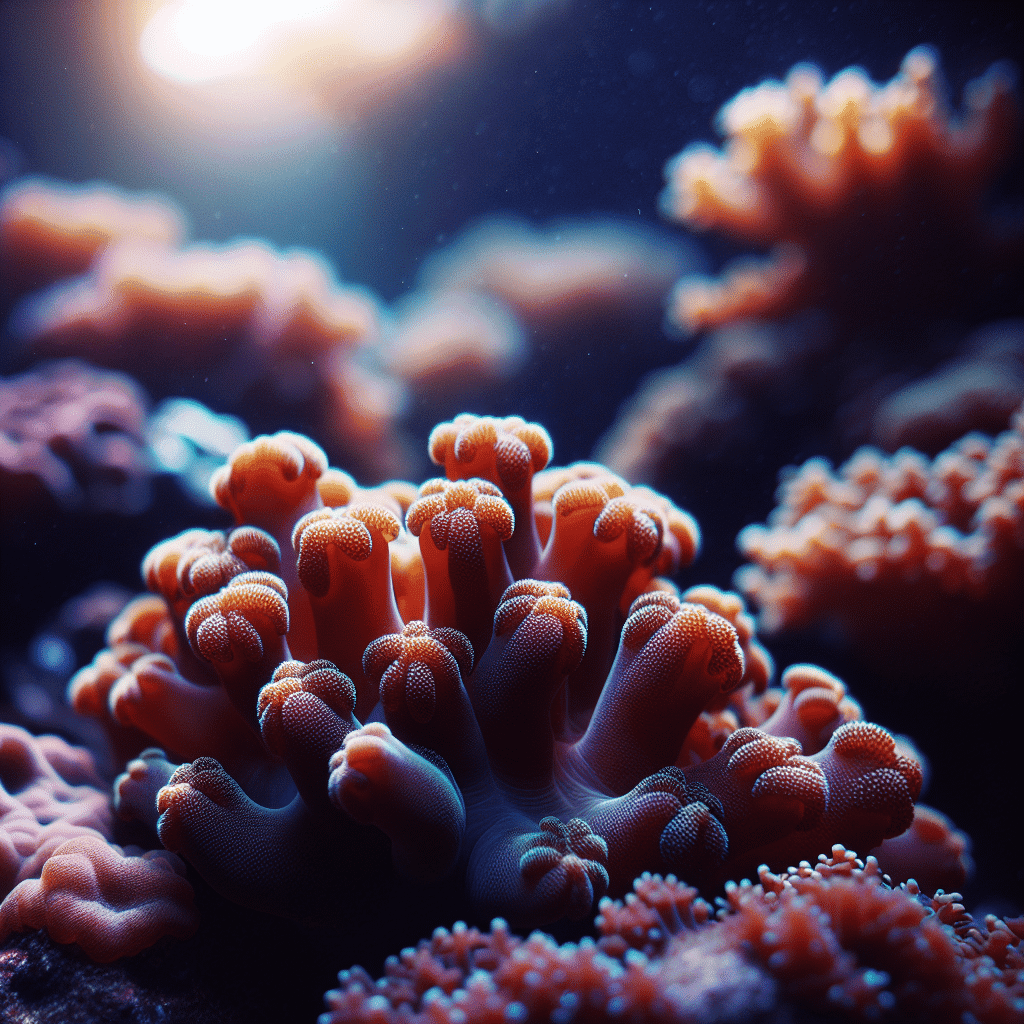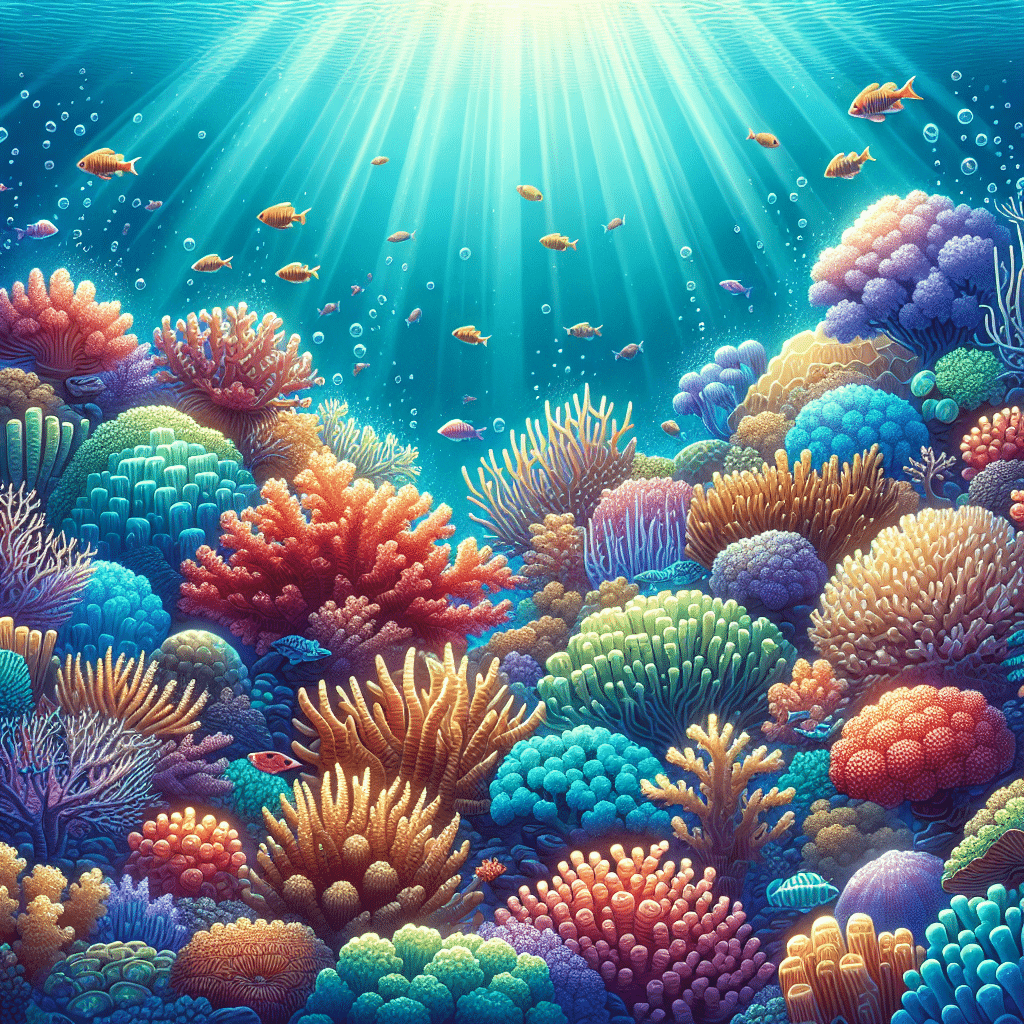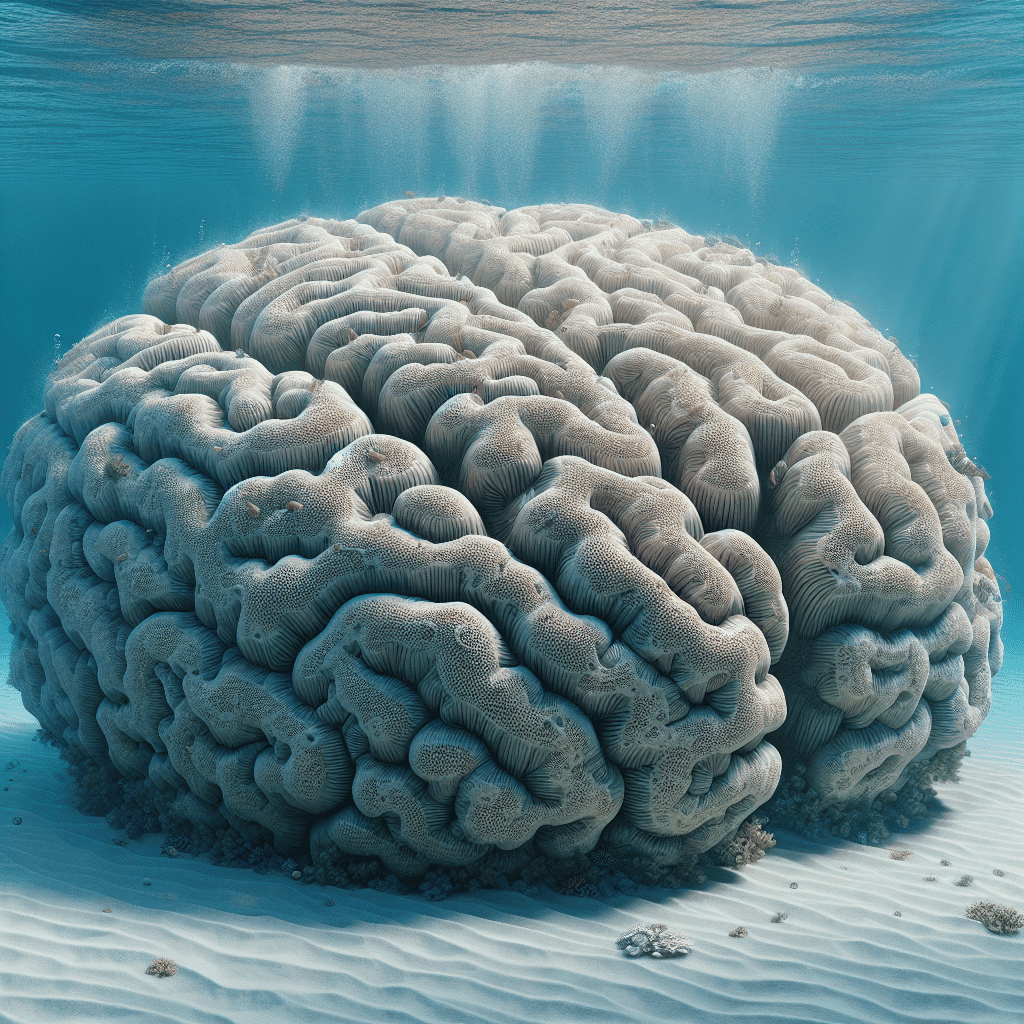Understanding Hammer Corals
Introduction to Hammer Corals
I find hammer corals to be one of the most visually stunning corals for reef tanks. These iconic large polyp stony corals (LPS) are often found in the Pacific reefs, specifically in the Indopacific islands like Fiji, Tonga, and the Great Barrier Reef (Tidal Gardens). What makes hammer corals appealing to me, and many other aquarists, is their relatively easy care requirements, making them a popular choice for both beginners and experienced hobbyists alike (Deep Blue Marine Emporium).
These corals can be somewhat particular about their environment—they thrive in high-quality water conditions. Think of them as the posh neighbors of the coral community, needing everything just right to flourish (Deep Blue Marine Emporium). They also enjoy socializing with other corals but require personal space to grow effectively.
Habitat and Distribution
Hammer corals are predominantly found in the Indo-Pacific region, including the Red Sea, Fiji, and Australia. They prefer shallow waters, typically at depths of 3 to 30 meters, and are usually located in areas with sandy or rocky substrates (Sunnyside Corals).
The species Euphyllia ancora, commonly referred to as hammer coral, is widespread throughout the tropical waters of the Indo-West Pacific, extending from the Maldives to the Solomon Islands, with a significant presence in Indonesia. Unfortunately, hammer corals face various threats that have led to a decline in their populations, as many of their reef habitats are being degraded or destroyed (Wikipedia).
Understanding the natural habitat and distribution of hammer corals can greatly inform how I create a suitable environment for them in my own tank.
Caring for Hammer Corals
Taking care of hammer corals can be a rewarding experience. Understanding their needs helps ensure they thrive in your reef tank. Here’s what I’ve learned about their lighting, water movement, and water quality requirements.
Lighting Requirements
Hammer corals don’t need as much light as some other corals. They can thrive under normal output fluorescents, but they often display more vibrant colors under stronger lighting. The ideal lighting for hammer corals is moderate with a PAR (Photosynthetically Active Radiation) rating of 100 to 250. Proper lighting is crucial for their health and growth. I’ve found that placing them from the bottom to the middle of most reef tanks works well, depending on the aquarium lighting setup. For more insights on lighting options, check out corals.
| Light Type | PAR Rating | Placement in Tank |
|---|---|---|
| Normal Output Fluorescents | 100 – 250 | Bottom to Middle |
| Stronger Lighting | Above 250 | Preferably Middle |
Water Movement Needs
Hammer corals flourish with moderate to strong water movement. I’ve noticed they sway beautifully in the current, which not only enhances their aesthetic appeal but also helps with their feeding and health. Ensuring good water movement in the tank can keep hammer corals looking their best. For more information on other corals with similar needs, you might want to read about xenia or torch coral.
Water Quality Essentials
Maintaining water quality is essential for hammer corals. They require consistent levels of calcium, alkalinity, and magnesium to grow their calcium carbonate skeletons. Monitoring nitrate and phosphate levels is also crucial, as high levels can signal declining water quality. I’ve learned that nitrate levels around 5-10 ppm are ideal, while levels around 30-40 ppm could lead to issues like tissue recession. Keeping these parameters in check helps prevent problems down the line. For more tips on maintaining water quality, refer to the guidelines for brain coral or mushroom coral.
| Parameter | Ideal Level | Warning Level |
|---|---|---|
| Calcium | 400-450 mg/L | Below 380 mg/L |
| Alkalinity | 8-12 dKH | Below 7 dKH |
| Magnesium | 1250-1350 mg/L | Below 1200 mg/L |
| Nitrate | 5-10 ppm | Above 30 ppm |
| Phosphate | Below 0.03 ppm | Above 0.1 ppm |
By understanding these essential care factors, I can create a suitable environment for my hammer corals, ensuring they remain healthy and vibrant in my reef tank.
Feeding Hammer Corals
Feeding hammer corals is an important aspect of their care, and understanding their nutritional needs can greatly enhance their health and vitality.
Nutritional Needs
Hammer corals, like other Euphyllia species, benefit from a combination of photosynthesis and direct feeding. They rely on their symbiotic zooxanthellae for primary nutrition, but supplementing their diet with additional food can lead to better growth and color. In their natural habitat, hammer corals consume planktonic organisms, microscopic food particles, and dissolved organic matter. In a home aquarium, I can feed them a variety of foods, including:
| Food Type | Description |
|---|---|
| Mysis Shrimp | Small, nutritious shrimp |
| Brine Shrimp | Tiny shrimp often used in aquariums |
| Krill | Larger shrimp that can provide more sustenance |
| Chunks of Shrimp/Fish | Larger pieces for a more substantial meal |
It’s important to note that while hammer corals do not aggressively feed like some other LPS corals, providing the right food can still be a challenge. Feeding meaty foods can also help reduce their aggression toward neighboring corals, making for a more harmonious reef tank environment (Tidal Gardens).
Direct Feeding Tips
Direct feeding is an effective way to ensure that hammer corals receive the nutrients they need. Here are some tips for feeding them:
Use a Turkey Baster: I find that a turkey baster works great for delivering food directly to the hammer corals. This allows me to target specific corals and ensure they get enough food.
Feed When Water Flow is Off: Turning off the water flow during feeding can help the food settle around the corals, giving them a better chance to capture it. This technique is especially effective when using frozen food.
Feed Small Amounts: It’s best to feed small amounts of food several times a week rather than a large quantity at once. This helps prevent water quality issues that can arise from excess uneaten food.
Observe Feeding Responses: Watching how the hammer coral reacts to feeding can provide insight into its health. If the coral extends its tentacles and seems eager, it’s a good sign.
Supplement with Liquid Foods: In addition to solid foods, I can use liquid coral foods that are designed for filter-feeding corals. This can help provide additional nutrients that may be beneficial.
For more details on coral care, check out our articles on corals and other specific types like torch coral and frogspawn coral. Proper nutrition will help keep my hammer corals vibrant and thriving in the reef tank!
Growth and Reproduction
Growth Characteristics
I’ve found that hammer corals (Euphyllia ancora) thrive when they receive consistent levels of calcium, alkalinity, and magnesium. These elements are essential for forming their calcium carbonate skeletons. It’s crucial to keep an eye on nitrate and phosphate levels as well. Low nitrate levels around 5-10 ppm are ideal, but if those levels rise to 30-40 ppm, it can lead to problems like tissue recession. Monitoring these levels helps ensure that your coral stays healthy and vibrant.
| Element | Ideal Level (ppm) | Potential Issues |
|---|---|---|
| Calcium | 400-450 | Poor growth |
| Alkalinity | 8-12 | Poor growth |
| Magnesium | 1250-1350 | Poor growth |
| Nitrate | 5-10 | Healthy |
| Nitrate (high) | 30-40 | Tissue recession |
| Phosphate | <0.03 | Algae blooms |
For more information on coral care, check out the guide on corals.
Reproduction Process
When it comes to reproduction, hammer corals are gonochoristic, meaning that they have separate male and female individuals. They typically spawn in late spring, especially in places like Taiwan. The spawning occurs through external fertilization, where gametes are released into the water. Hammer corals have been observed to mass spawn under certain conditions, which is quite a spectacle. Additionally, they can form new colonies from tentacle tips that break free from parent colonies. This method of asexual reproduction allows them to spread and establish themselves in new areas.
If you’re interested in learning about other types of corals and their reproduction, you might want to explore torch coral or brain coral. Understanding these processes can greatly enhance your experience as a reef tank hobbyist.
Health and Diseases
Common Issues
I’ve seen a few common issues with hammer corals that any hobbyist should be aware of. Some of the most frequent problems include:
- Brown Jelly Disease: This is a serious condition that can rapidly kill the coral if not addressed. It manifests as a brown, slimy substance on the coral.
- Black Band Disease: This disease appears as a black band that encircles the coral, indicating tissue loss and can lead to death.
- Flatworms: These pests can infest hammer corals, leading to stress and eventual decline if left untreated.
- Stress from Water Conditions: Sudden changes in water quality or parameters can stress the coral, leading to recession (tissue pulling back from the skeleton) and other signs of distress.
- Dying Signs: If you notice any tissue pulling back from the skeleton or discoloration, it may be a sign that the coral is in trouble.
Proper care and maintenance can significantly reduce the risk of these issues. Regularly check your water parameters and make gradual changes to avoid shocking your hammer coral. If you want to dive deeper into coral care, check out our section on corals.
Disease Prevention and Treatment
Preventing diseases in hammer corals involves a combination of good husbandry and prompt action. Here are some strategies to keep in mind:
Maintain Stable Water Conditions: Keeping your water quality stable is crucial. Regularly test for pH, salinity, nitrates, and phosphates to ensure they are within acceptable ranges.
Quarantine New Arrivals: Before adding new corals to your tank, make sure to quarantine them for a few weeks to observe for any signs of disease.
Regular Maintenance: Perform routine maintenance on your tank, including water changes and cleaning to keep your system healthy.
Address Any Pests Promptly: If you notice flatworms or other pests, treat them immediately with appropriate methods, such as using dips or chemical treatments designed for reef tanks.
Reviving Dying Corals: If your hammer coral shows signs of distress, assess your tank’s parameters and address any underlying issues. Sometimes, moving the coral to a more suitable location within the tank can help it recover.
If you’re looking for specific treatments for diseases like brown jelly or black band disease, I recommend checking out specialized resources or forums where other hobbyists share their experiences. Always remember that prevention is key to keeping your hammer coral (and other corals) thriving.



